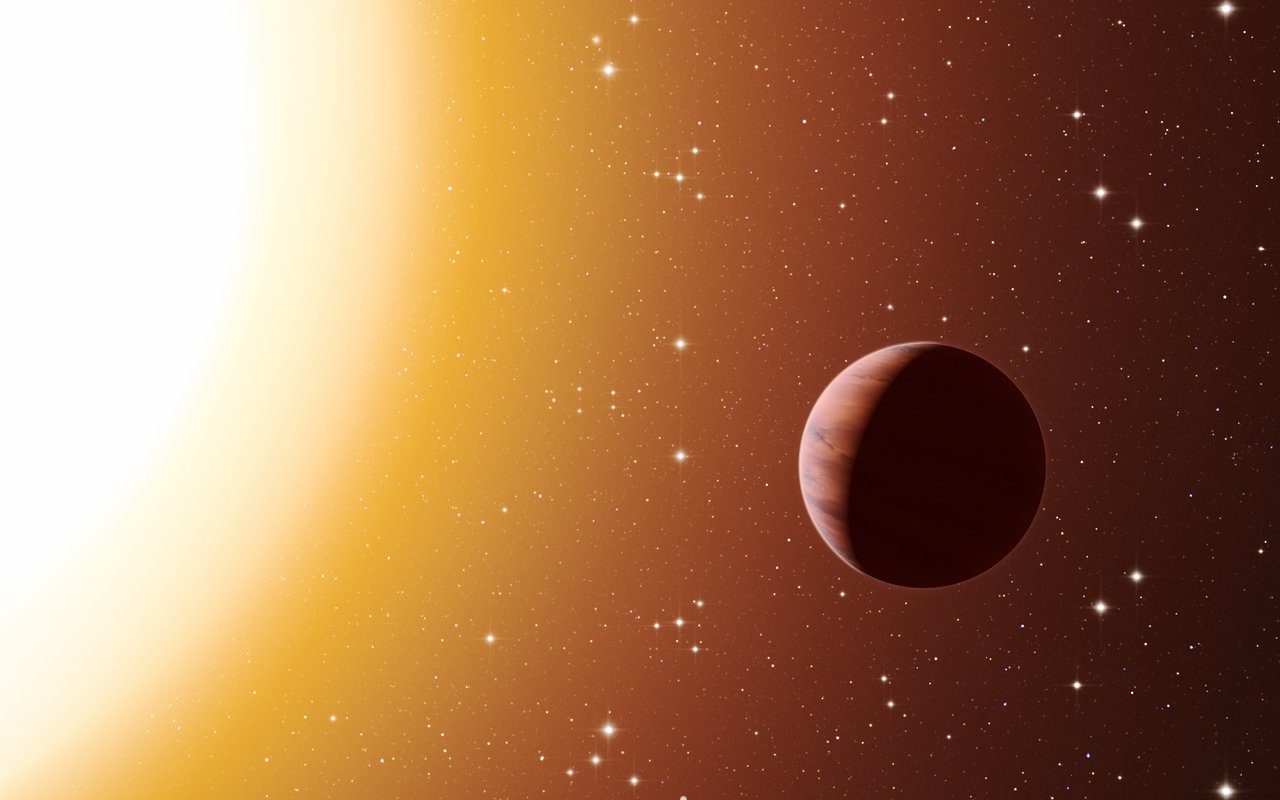Jayshil A Patel
Research
Characterising Exoplanets and their host stars using TESS and CHEOPS
न हि ज्ञानेन सद्रशंं पवित्रमिह विद्यते
- Shrimad Bhagavadgita, Chapter 4, Verse 38
(Na hi jñānena sadrasam pavitram iha vidyate --- There is nothing more sublime and pure as knowledge)
I am interested in various aspects of exoplanetary science ranging from exoplanet characterisation to studying their atmospheres. To achieve this goal I analyse the observational data from state-of-the-art space-based observatories such as the James Webb Space Telescope (JWST), the Transiting Exoplanet Survey Satellite (TESS) and the CHaracterizing ExOPlanet Satellite (CHEOPS).
The most crucial question that pondering humanity since the dawn of astronomy is about the possibility of life elsewhere in the universe. As we know it, life can only evolve and sustain on planets around stars, which we dubbed exoplanets. In order to understand the existence of life on these exoplanets, first, we must characterize them and their host stars and study their bulk as well as specific properties. Even without thinking about perspectives of life, planets themselves are curious objects to study, for the sake of understanding their diverse compositions, atmospheres and formation scenarios. Studying exoplanets and their atmospheres has been the prime goal of my research.
Research Themes
Ultra-Short Period Rocky Planets
 Artist's impression of 55 Cancri e
Artist's impression of 55 Cancri e
Credit: ESA/Hubble, M. Kornmesser
Discoveries of new exoplanets made with Kepler and TESS revealed the existence of a unique class of rocky planets which orbit their host stars within about a day. Dubbed ultra-short period planets (USP), they are thus subject to intense radiation from their host stars. While a thick H/He-dominated atmosphere has been ruled out by observations for many USPs, some of them actually show evidence of a heavy envelope, maybe a secondary metal-rich atmosphere. Some of them are consistent with bare rock compositions. Few even hypothesized to have a magma ocean on their surface. I am involved in the research of two of such USPs, 55 Cnc e and TOI-561 b, to study their atmosphere (if they indeed have one) and/or surface conditions using space-based telescopes such as JWST, CHEOPS and TESS.
Hot Jupiters and their Atmospheres
 Artist's impression of a hot Jupiter in M67
Artist's impression of a hot Jupiter in M67
Credit: ESO/L. Calçada
The gas giant planets orbiting in the proximity of their host stars are the best candidates for detailed photometric and spectroscopic observations. Their reflective properties, e.g., geometric albedo, can be investigated by observing them in broadband optical photometry: I am a part of the CHEOPS GTO team that studies such atmospheric properties using precise photometry from CHEOPS. Some of the hottest of these planets, with temperatures exceeding 2500-3000 K, are unique targets to study atmospheric structure and chemistry. I am interested in using various photometric and spectroscopic instruments to examine this. On the other hand, the “cooler” hot Jupiters, with temperatures ~1400-1800 K, are thought to have an inhomogeneous cloud coverage on their dayside. I am leading an observing campaign with CHEOPS to directly detect such asymmetric clouds on these planets.
Known Exoplanets with TESS
 Artist's impression of TESS
Artist's impression of TESS
(Credits to their respective creators)
The Transiting Exoplanet Survey Satellite, or TESS, is an MIT-led NASA mission to find new exoplanets around bright nearby stars. Being a survey mission it has observed roughly the whole sky, with some regions observed multiple times. In this process, it has observed, continuously for at least 28 days, many stars which are known to have exoplanets around them. This photometric data can be used to update the bulk properties of the planet, such as radius, ephemeris etc. In particular, I am interested in employing this data to learn about the atmospheric properties of the planet such as geometric albedo. For my Master's thesis, I used transit lightcurves of known planets observed with TESS to study the limb-darkening effect of exoplanet host stars (accompanying blog post).
Software Development
Data Analysis is an integral part of a modern astronomer. Living in a data-intensive era, it is really important to produce a careful and speedy analysis of the data. I am involved in the development of some such tools to analyse the data. I am co-leading a package, called Spectral exTraction And Reduction Kit (or, stark), with Alexis Brandeker, to robustly extract spectra from timeseries data, especially from JWST. Additionally, I am a contributing developer of juliet, which is a versatile tool to analyse transit and radial velocity data.